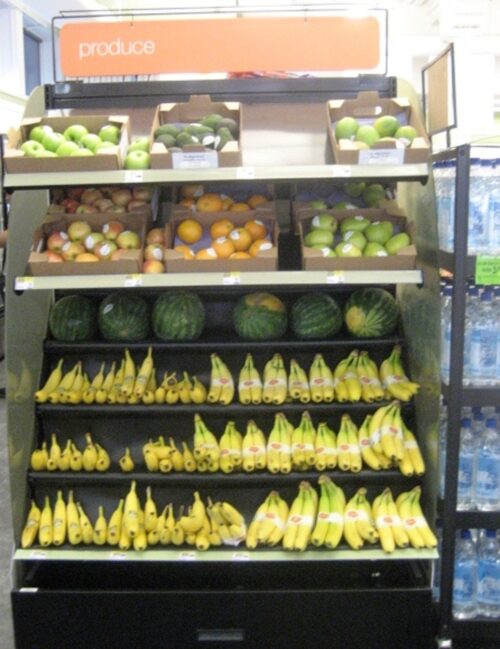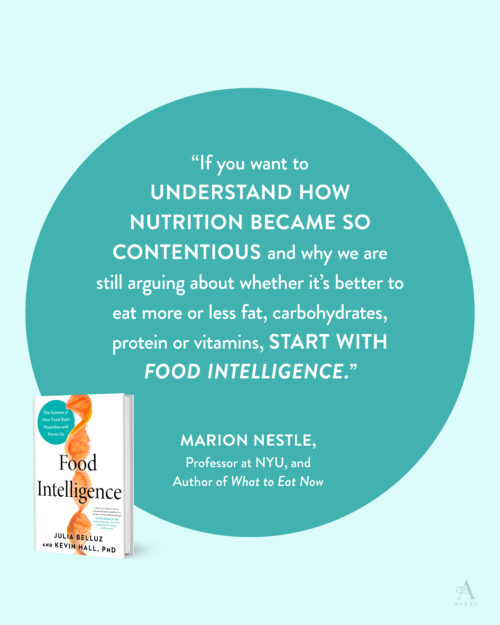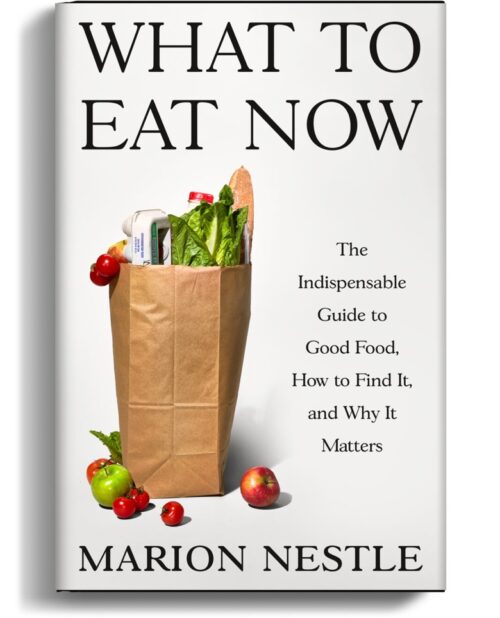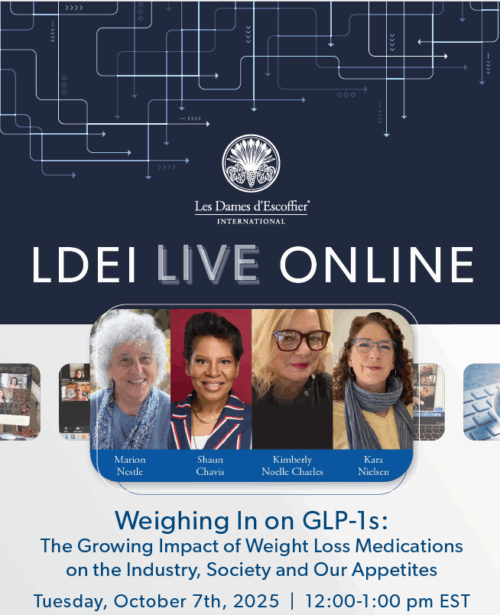The World Health Organization’s declaration on prevention of non-communicable diseases (NCDs—heart disease, type 2 diabetes, etc) was in the news this week (its source is here).
First, because of what it says and does not say:
These things are miserable to read. You have to start with the “recognizes.” Here are two:
Recognize also that the main modifiable risk factors of noncommunicable diseases are tobacco use, harmful use of alcohol, unhealthy diets, physical inactivity and air pollution and are largely preventable and require cross-sectoral actions;
Recognize also that obesity is driven by multiple factors, including the unaffordability and unavailability of healthy diets, lack of physical activity, sleep deprivation, and stress;
But after all that, the declaration merely suggests [my comments]:
(i) promoting increased availability and affordability of nutritious food and information on healthy eating including through promoting efficient, inclusive, resilient and sustainable agrifood systems [how?]
(ii) improving policies and taking measures to reduce industrially-produced trans-fatty acids to the lowest level possible and reduce excessive levels of saturated fats, free sugars and sodium [by what means?]
(iii) providing nutritional information to consumers, such as through front-of-pack labeling;
(iv) putting in place public food procurement and service policies for healthy diets;
(v) protecting children from the harmful impact of food marketing, including digital marketing [How? By what means?]
(vi) protecting, promoting and supporting optimal breastfeeding practices, including by regulating the marketing of breastmilk substitutes [at last, regulation] and
(vii) promoting adequate physical activity, including sports and recreation, and reducing sedentary behavior, including through
increasing access to public spaces.
What’s missing here? Policy!
Whatever. All of this could be moot.
Second, because the U.S. will not sign on to the declaration
The reasons are quite different.
HHS Secretary Robert F. Kennedy Jr, oddly since he wants to Make America Healthy Again, objected to the declaration. He says he cannot “support W.H.O. policies that…promoted abortion and “radical gender ideology.” This too is odd because neither is mentioned in the declaration.
He is also quoted as saying,
More specifically, we cannot accept language that pushes destructive gender ideology…Neither can we accept claims of a constitutional or international right to abortion. The WHO cannot claim credibility or leadership until it undergoes radical reform. The United States objects to the political declaration of non communicable diseases.
Again, odd because MAHA has a political agenda to end NCDs.
But I am more concerned about the failure of WHO to propose stronger measures. Earlier drafts, apparently, contained stronger language.
Third, because conflicts of interest could be involved
What’s going on here? Could this have something to do with it? Alarm as WHO accepts increasing amount of dark money from donors.
The WHO Foundation, according to Who funds the WHO Foundation? A transparency analysis of donation disclosures over the first 3 years of its operation, takes large donations from corporate and philanthropic groups and individuals without revealing who they are.
Oh dear.
Resources




